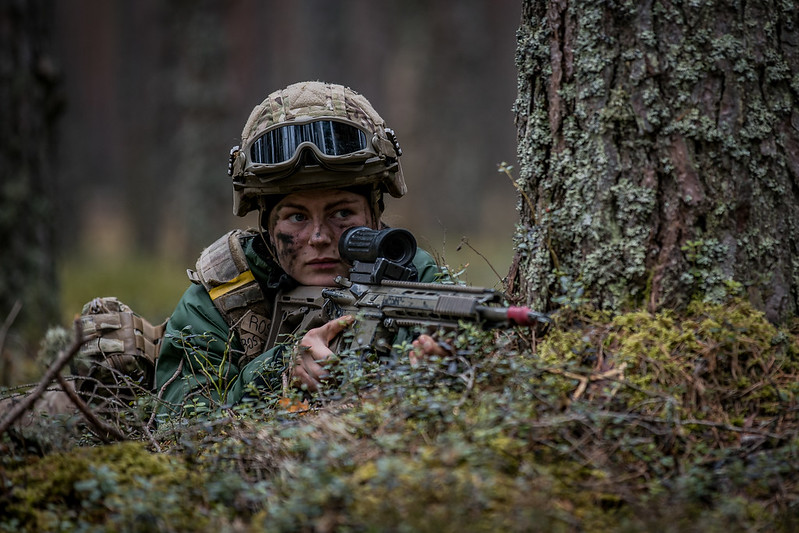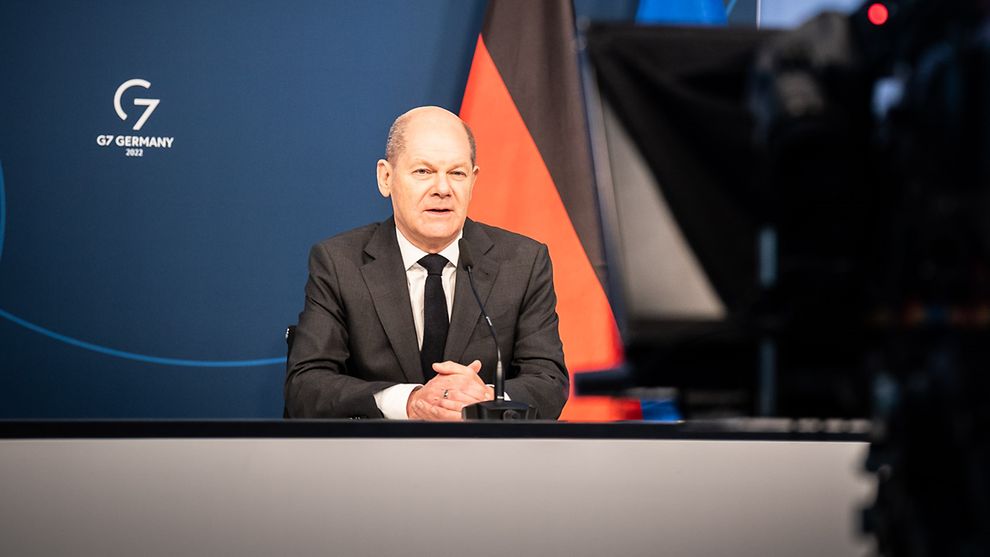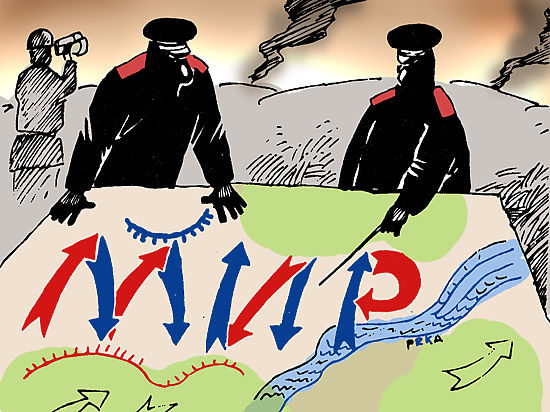NATO's new strategy of deterrence by denial aims to outmaneuver Russia and protect its eastern members from potential aggression.
Nothing new under the sun
Considering the war experience in Ukraine, NATO considers deterrence by denial as the best option for counteracting Russian aggression that threatens Alliance cohesion and geographically vulnerable members such as the Baltic states. Deterrence by denial means convincing an adversary that "an attack will not succeed because the defense is strong," while deterrence by retaliation means threatening an adversary to "retaliate for an attack if it is carried out" to force the adversary to refrain from it. Both of the Alliance's defense concepts are not new and have been in place since the Cold War. Since 1949, the main mechanism by which NATO sought to deter Soviet aggression was deterrence through retaliatory strikes by threatening to use nuclear weapons by three Allies: The United States, the United Kingdom, and France. NATO's emphasis on "nuclear" deterrence was due to the assessment of the enormous numerical superiority of Soviet forces over its own. NATO's First Strategic Concept also introduced a second deterrence component: deterrence by preventing a strike by deploying adequate forward forces to protect the Alliance's territory from invasion. In other words, NATO's strategy of denial was a forward defense option designed to "stop the enemy from advancing as far west as possible." It was also supported by active peacetime counteraction to aggression by "all measures not related to war." The assessment of Soviet intentions outlined above led NATO to adopt a "sword and shield" strategy in its 1957 Strategic Concept: a combination of strategic nuclear forces to deter attack through the threat of massive retaliation, along with the forward defense of NATO's eastern front by basing significant forces as far east as possible.The decline in defense investment by the Allies after the end of the Cold War, while Russia increased funding for the modernization of its armed forces, has created a fundamental problem: the strategic balance in Europe has shifted in favor of Russia to the point where NATO's core deterrent is no longer relevant.
That is why the Alliance has been carefully building its deterrence posture through retaliatory strikes since 2014. Increased US investment in extended deterrence in Europe has been at its core.
Madrid commitments
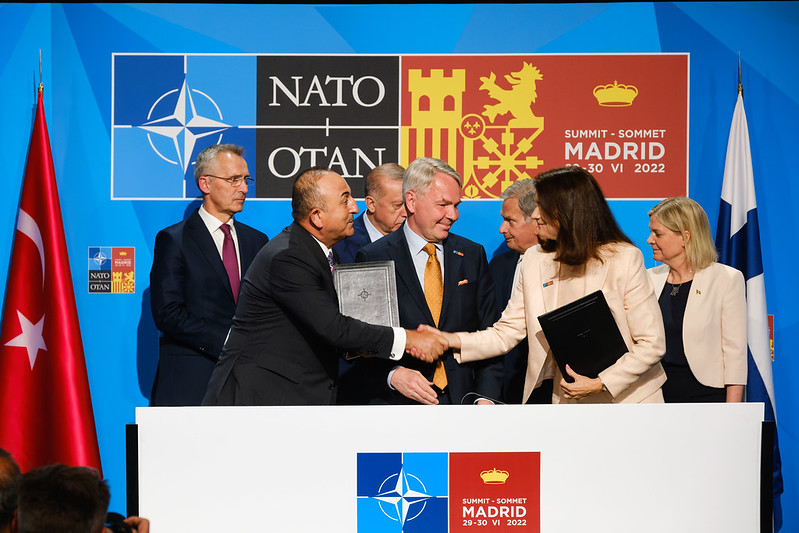
- a greater military presence on its eastern flank,
- the development of new regional plans,
- the allocation of dedicated forces to defend specific regions,
- and the maintenance of a much larger force with a higher level of collective defense readiness than before.
Currently, debates are ongoing among member states: Is NATO's ambition high enough to deter a more aggressive and unpredictable Russia - even if it has less capable ground forces in the short term?
Trending Now
- Implementation of sustainment programs to ensure that Allies have stockpiles sufficient to fight a prolonged conflict and that the defense industry is able to replenish them in a timely manner;
- Ensuring adequate funding for defense spending, including a commitment by NATO countries to allocate at least 2.5 percent of GDP as a minimum level of defense spending;
- Allies commanding battlegroups in countries bordering Russia should adopt a plan to increase their units to the level of brigades. To do so, NATO should unequivocally reject the military "self-restraints" contained in the 1997 NATO-Russia Founding Act on force posture in Europe;
- The United States should maintain its forces in Europe at the current level, which was increased in 2022. One of the practical consequences of the concept of deterrence by denial should be the increased role of the Supreme Allied Commander in Europe in terms of integrating American and allied warfighting plans.
Eastern Flank as NATO's Achilles' heel
The Baltic Sea region provides Russia with a number of opportunities to increase tensions on the verge of open conflict, provoke a "limited war" with NATO and threaten the Alliance with further escalation. There are Russian-speaking minorities in the Baltic states that can be used for provocations and used as a pretext for aggression. The Kremlin's vassalage relationship with the Lukashenko regime allows it to use Belarus as a proxy against NATO countries such as Poland, Lithuania, and Latvia. Russia can also use Belarusian territory, the Kaliningrad region, and its militarized exclave to close the so-called Suwalki corridor leading from Poland to the Baltic states, cutting them off from NATO reinforcements. Until now, the Alliance's defense concept has assumed that in the event of a conflict with Russia, Russian troops could temporarily occupy parts of NATO countries, such as the Baltic states or Poland. It was assumed that these territories would be liberated after the arrival of the main forces of the Alliance, primarily the United States. In addition, by 2014, the Alliance believed that a large-scale deployment of troops in the Baltic states would rather provoke a war, which they were designed to prevent. In the new realities, based on the principle of deterrence by denial, NATO's posture in the East must be strengthened both qualitatively - to counter specific Russian offensive capabilities, such as long-range artillery or missiles, and quantitatively - to match the scale of the Russian threat. No matter how attractive it may sound to Polish or Baltic states' citizens, it means that the Alliance will likely have to return to a more large-scale defense with so-called "forces in place." This does not mean that NATO has to match Russian forces soldier-for-soldier in numbers, but it is likely to lead to a change in the amount of reserve training among more European Allies."In the next phase, we expect NATO to do some long-term planning on how it will deter Russia after Ukraine and provide resilience and confidence to countries that cannot do it on their own. This could be permanent basing or rapid readiness - the ability to deploy quickly instead of being stuck in a large base in one place. This is all subject to development, which I think is extremely important," said Ben Wallace, UK Secretary of State for Defense, on 19 May 2022.Since the Warsaw Summit in 2016, NATO's deterrence and defense in Eastern Europe has been based on two components:
- an enhanced forward presence focused on Poland and the Baltic states
- a focused forward presence that includes the Black Sea region.
Currently, much of the defense planning is changing with the accession of Finland and Sweden to NATO.
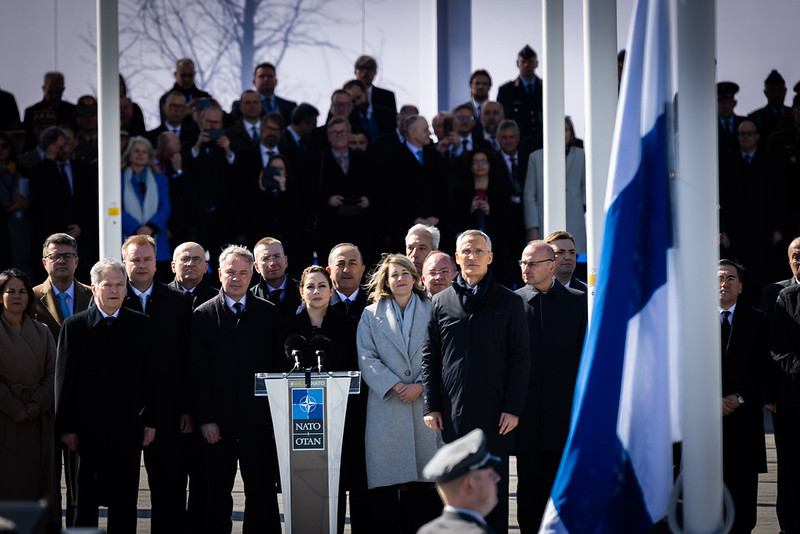
Ukraine is becoming the key to the Black Sea region
After the occupation of Crimea and parts of Ukraine's southern regions, Russia has strengthened its military capabilities in the Black Sea and is trying to take control of Ukrainian territorial or international waters to deny NATO access to the Black Sea region. Potentially, Russia could provoke a crisis by attacking a NATO ship, present it as an act of self-defense, and, if the Alliance decides to reassure its allies and deter Russia by increasing its presence in the region, use it as a pretext for further escalation. Just as in the Baltic Sea region, Russia will use hybrid strategies to influence the threat perception of NATO populations and decision-makers and will use political divisions in NATO countries to delay or weaken the response to its actions. Despite these obvious risks, and unlike the Baltic-Scandinavian frontier, the Alliance has one significant advantage in the southeast: Ukraine. In the event of an attack on the countries of this region, Russia would either have to launch a large-scale amphibious operation from Crimea or first defeat the Ukrainian armed forces before crossing the border into Moldova and invading Romania, all of those "would require significant preparation, large forces and considerable time. As a result, NATO will have sufficient time to prepare a collective defense of the region," according to the CEPA Task Group report. At the extraordinary NATO summit in Brussels on 24 March 2022, it was decided to create four additional battlegroups in Slovakia, Hungary, Bulgaria, and Romania. Thus, the North Atlantic Alliance now has a total of eight battlegroups from the Baltic to the Black Sea. Given the obvious insufficiency of these resources for the defense of member states in the Black Sea region, the Alliance's support for Ukraine becomes even more strategically important, as it is thanks to the effective actions of the Armed Forces of Ukraine that Russia's military potential has significantly decreased over the past year. Strengthening the Alliance's forward presence in the Black Sea region also supports Ukraine by allowing member states to transfer weapons to it without fear of threat. A year after Russia's full-scale invasion of Ukraine, NATO has come to realize that the best response to Russia's threat of escalation in the region is to supply Ukraine with the weapons systems it needs and possibly deploy them to "vulnerable countries" such as Moldova or Bosnia at their request.***
After Russia's full-scale military intervention in Ukraine a year ago, NATO is working on its own mistakes and actively promoting the process of transitioning its defense strategy from the logic of deterrence by retaliation to the logic of deterrence by denial. The general direction of such reflection by the Alliance is logical, given the expansion of NATO's territory to include Finland and (potentially) Sweden, which changes the strategic position in Northern Europe. At the same time, these efforts and the more active position of Romania and Bulgaria are finally pushing the Alliance to develop a real defense strategy for the Black Sea region, which has historically been viewed as a "periphery" and left to Ankara. So, let's wait for these initiatives to be concretized at the NATO summit in Vilnius, which will take place soon. Oleksandr Kalinichenko is a lawyer specializing in international law and head of the "Atlantist Notes" project
Oleksandr Kalinichenko is a lawyer specializing in international law and head of the "Atlantist Notes" project
Related:
- Polish Senate calls for Ukraine’s rapid accession to NATO through extraordinary procedure
- Ukraine’s NATO dreams Hang in the balance as US and Germany hesitate – DPA

